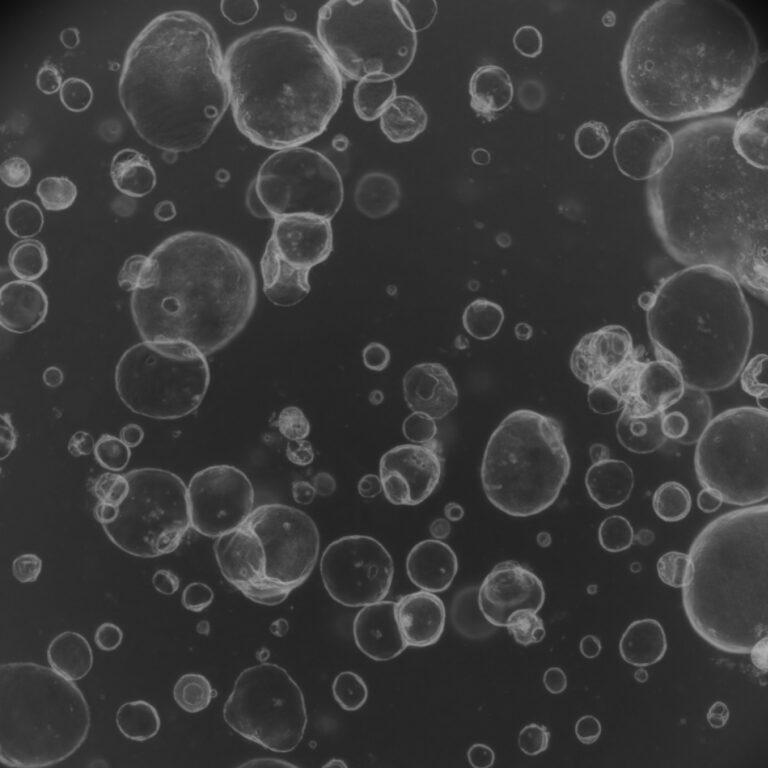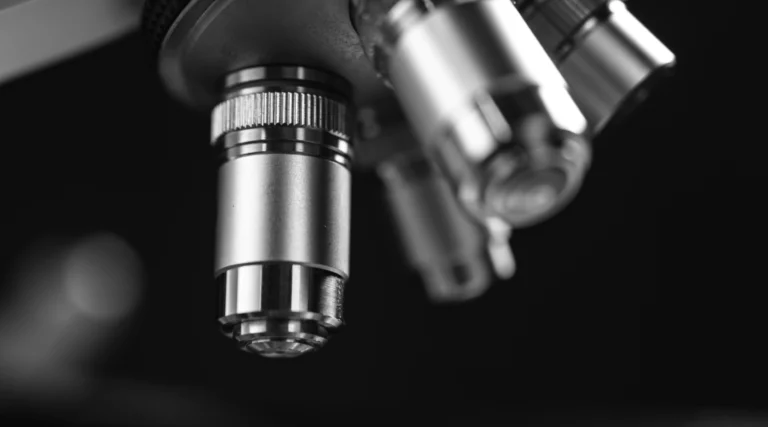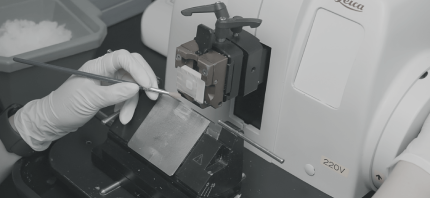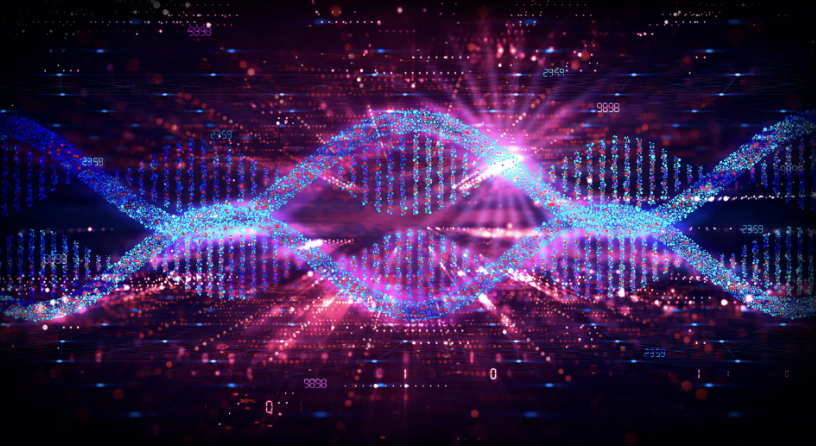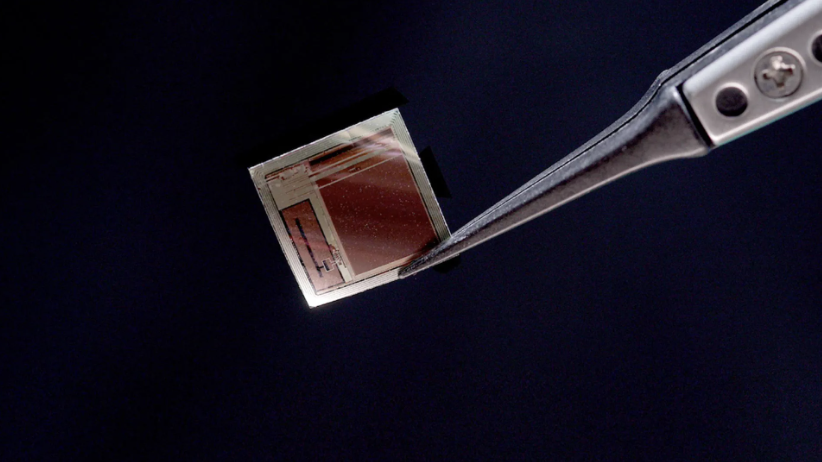Limited access to embryos has hindered the study of human embryogenesis and early pregnancy disorders. To address this, researchers have developed a three-dimensional culture strategy using naive human pluripotent stem cells, resulting in the creation of blastocyst-like structures termed “human blastoids.” These structures closely resemble human blastocysts in terms of morphology, size, cell number, and lineage composition. Single-cell RNA-sequencing analyses confirm the transcriptomic similarity of blastoids to natural blastocysts. Human blastoids can be used for embryonic and extra-embryonic stem cell derivation, and they have the potential to develop into peri-implantation embryo-like structures in vitro. The study demonstrates that specific protein kinase C isozymes play a critical role in blastoid cavity formation. These human blastoids offer a scalable and accessible alternative for studying early human development, investigating early pregnancy loss, and gaining insights into developmental defects.
Keywords: Organoids, embryogenesis
